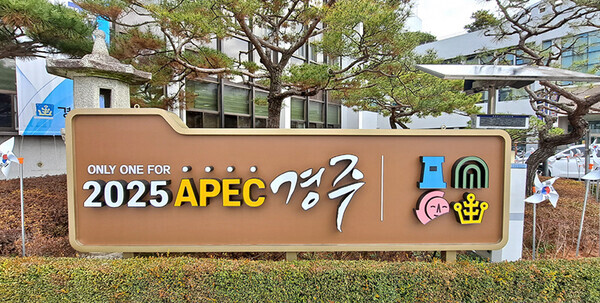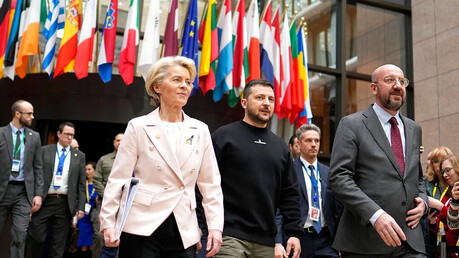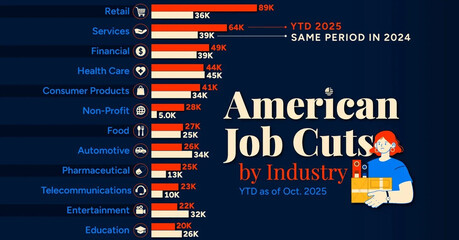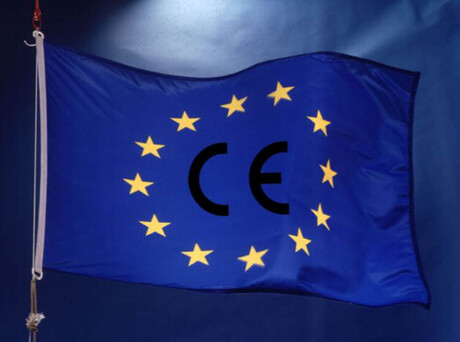
Gyeongju, South Korea — This October, the eyes of the world will turn to Gyeongju, a city steeped in a thousand years of history. The Asia-Pacific Economic Cooperation (APEC) summit will serve as a pivotal moment for Gyeongju, a chance to transition from a historical and cultural destination into a global city. Rather than treating this as a one-off event, the city is implementing a comprehensive, city-wide transformation that spans transportation, tourism, culture, and citizen engagement. This initiative is laying the groundwork for a sustainable future. Let's take a closer look at Gyeongju’s preparations for APEC.
The Entire City as a Stage, Not Just the Venue
Gyeongju is expanding its focus beyond the main conference venue to transform the entire city into a global stage. The central hub for these efforts is the Bomun Tourist Complex. The Hwabaek Convention Center (HICO) will be the main site for APEC meetings, and surrounding it, transportation infrastructure is being upgraded to support the introduction of autonomous shuttles. Multilingual tourist information boards are being installed, and new lighting and three-dimensional sculptures are being added to enhance the nighttime scenery.
The city center is also undergoing a significant facelift. The Bukcheon and Namcheon riversides are being revitalized with improved walking paths and environmental upgrades. Pedestrian-friendly routes are being created to connect historical and cultural sites like Cheomseongdae, Woljeonggyo Bridge, and Daereungwon Tomb Complex. Key city roads, including San-eopro, Bobullo, and Seorabeol-daero, are being repaved, guardrails are being replaced, and signage is being upgraded to improve the city's gateway aesthetic.
In addition, older walls and signs are being renovated in the city center. New, unified sign designs with English表記 will be implemented to improve visibility for international visitors. The goal is to blend the city’s unique historical identity with modern aesthetics, reinforcing its dual role as a tourist hub and a city of rich heritage.
A Major Overhaul of Foundational Tourist Services
Gyeongju is elevating its status as an international conference city by revamping its fundamental tourism services. In the food and beverage sector, 150 establishments have been designated as "APEC World Restaurants." These restaurants are receiving support to implement multilingual menus, adopt smart kitchen technology, and earn hygiene ratings. Staff at these establishments are also undergoing training in foreign language communication and customer service.
The city is also inspecting and upgrading 384 accommodation facilities. Measures include the mandatory public display of room rates, the establishment of emergency response systems, and the replacement of outdated amenities. Multilingual translation devices and guidance manuals are being provided to minimize inconveniences for international tourists and maximize their satisfaction.
Traditional markets and local alleyways are also being transformed. Key markets like Jungang Market and Seongdong Market are being made foreigner-friendly, and merchants are receiving training in hospitality and hygiene. Photo zones, experience booths, and digital information kiosks are being installed to help visitors enjoy these markets as vibrant tourist attractions.
Improvements are also being made to major tourist sites such as Bulguksa Temple, Donggung Palace and Wolji Pond, Woljeonggyo Bridge, and Hwangnidan-gil. Flower gardens are being planted, trees are being pruned, restrooms are being renovated, and parking spaces are being expanded. These enhancements aim to improve visitor flow and convenience. The city is also preparing new light-up programs and media facade shows to encourage longer, overnight stays.
An International Event Co-Created with Citizens
Gyeongju views the APEC summit as more than just a diplomatic event; it’s a "grassroots international event" created by and for its citizens. To this end, the city has launched various public participation programs.
One key initiative is the “APEC Citizen’s College,” which offers residents training in international meeting etiquette, basic foreign language conversation, and emergency response. Hundreds of citizens have already completed the course. A two-stage volunteer program is also in place, with volunteers assisting in conference operations, tourist information, interpretation, and environmental cleanup. Citizens with foreign language skills in English, Japanese, and Chinese will play a crucial role in interacting with international visitors.
To foster a sense of shared responsibility, the city has designated an “APEC Clean Day” on the fourth Wednesday of every month. This initiative brings together the public and private sectors for city-wide cleanup activities, "smile and greeting" campaigns, and flowerpot planting drives. The city hopes this will naturally showcase Gyeongju’s unique culture of hospitality and urban elegance.
Special efforts are being made to ensure participation from all generations, including students, young people, and seniors, reinforcing the idea of “APEC for all citizens.” Other planned events include APEC-themed cultural performances, video content contests, and social media challenges.
A Sustainable Strategy for the Post-APEC Future
Gyeongju is leveraging the APEC summit not as a temporary event but as a starting point for its long-term urban strategy. A key focus is the development of an international conference complex district. The city plans to transform the Bomun Tourist Complex into a hub for conventions, accommodations, tourism, and business, enabling it to attract major international events like the UN Climate Change Conference, global cultural forums, and international education meetings in the future.
The modern utilization of cultural heritage is another vital strategy. The Silla Royal Capital Restoration Project is well underway, with content being developed to link 14 core restoration sites. The city is also planning to renovate Donggung Palace and build a World Heritage Site Exploration Center. The goal is to move beyond simple preservation to create interactive and media-driven tourism experiences.
On the industrial front, new growth engines are emerging, including a national industrial complex for Small Modular Reactors (SMRs), a global nuclear energy campus, and an e-mobility parts industrial complex. Through these strategic projects, Gyeongju aims to solidify its position not only as a tourist destination but also as an eco-friendly energy city.
Gyeongju Mayor Joo Nak-young said, “The 2025 APEC summit is a historic opportunity for Gyeongju to connect with the world in a meaningful way. We will showcase the dignity and charm of our thousand-year-old city and use this as a foundation to prepare for the next 1,000 years.”
[Copyright (c) Global Economic Times. All Rights Reserved.]




























